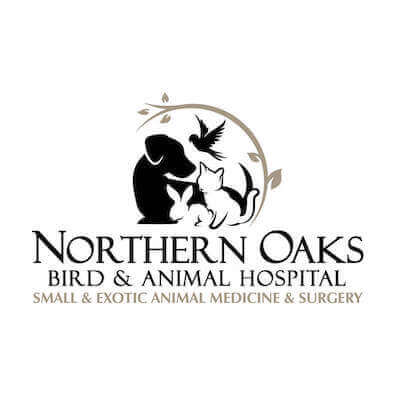That sweet pet
When you first obtain your sweet dog, cat, rabbit or bearded dragon, the last thing on your mind is the expense involved when your baby becomes ill. We get taken in by a sweet set of eyes or a fun personality and we rarely think to budget for an emergency or unexpected sickness. But, just like us, our animals can get sick and require extensive diagnostics and treatments. Veterinarians are often asked why treatment is so expensive. Let's examine this idea in more detail.
What kind of illnesses do pets get?
Our pets can have the same diseases we do. From something as common as allergies to significant and in depth issues such as Cushing's Disease or even Diabetes, the same sicknesses can have effects on animals. These can be hard to diagnose because our dogs, cats and birds cannot tell us what they are experiencing and we are usually a little slower to observe symptoms in pets than we are when we feel them ourselves. Symptoms may be as subtle as drinking slightly more and urinating a little more often or licking the feet from time to time.
How are dog and cat and exotic pet diseases diagnosed?
We are first alerted to diseases in pets by the symptoms they present. These symptoms help our veterinarians to decide what tests are appropriate to diagnose what may be causing the symptoms. Since pets cannot talk, sometimes the first test does not give a full picture. It requires a process of elimination to fully elucidate a diagnosis for a pet. This may mean bloodwork, then radiographs, then more specialized testing all to determine a diagnosis. Unlike a human medical doctor, a veterinary practice does not refer pets to a centralized bloodwork lab center or an imaging center where expenses are diversified over hundreds of patients a day referred by thousands of doctors. All of this equipment is owned by each separate practice in order to provide answers in real time. But, did you know the x-ray equipment and lab equipment are the exact same kind used in human facilities? The dental and ultrasound equipment is too. And there is not usually insurance to disguise the true cost of the testing. After the diagnosis is determined, an appropriate treatment still must be implemented.
How are dog, cat and exotic pet diseases and injuries treated?
Just like a human, this depends on the answers found during diagnostic testing. The pet may require surgery or medicine. The pet may require intensive dental surgery with remediation and antibiotics. Or the animal may require multiple days of intensive hospitalization with IV fluids, antibiotics and I.C.U care. In most cases these expenses are unexpected and most clients do not maintain insurance for their pets. With human medicine, the true cost of care is disguised by insurance or cash write offs. The bill we receive for our own care is only a fraction of the true cost incurred. The expense to care for a pet is actually much less than the true cost of caring for a human, (look up the true cost for a human ovariohysterectomy plus anesthesiologist plus facility stay) however, it is sometimes a shock to see the unexpected expense. For example, veterinary practices do not have a centralized general surgery center where all surgeries are referred and equipment expenses distributed over thousands of patients, rather, all equipment and supplies must be maintained at each hospital to perform anesthesia, surgery, state of the art monitoring, fluid therapy, oxygen delivery, recovery, pain control and aftercare. Again, our veterinarians utilize the very same equipment, anesthetics and supplies a human surgery center would, at truly, a fraction of the actual cost of equivalent human surgery.
How can I afford care for unexpected illness?
Most veterinary practices offer care through third party payment plans. Two common ones are Care Credit and Scratchpay. Both have certain no interest periods that help the consumer better afford unexpected expenses and still allow the practice to pay the staff and facility overhead expenses incurred for performing care.
Pet insurance is another option some clients choose. There are multiple offerings with various plans available. Finally, create your own savings for pet care by paying yourself a set amount each month to be ready with a nest egg for pet expenses that arise. Our practice will always recommend the best care for your pet and we are committed to working collaboratively with you to create a plan that works for your budget.



